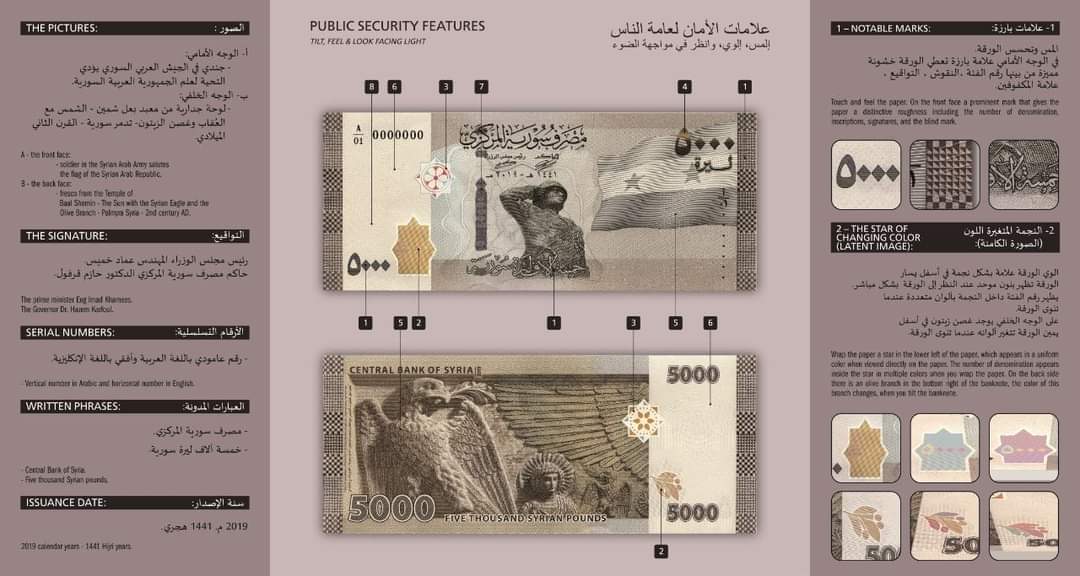Syrian Kurdish economist reveals reasons for Syrian currency collapse
QAMISHLI, Syria (North Press) – A Kurdish economist residing in Germany revealed the reasons that led to the current economic deterioration in Syria, with the collapse of the value of the Syrian currency, and said that the solution remains in the hands of the Syrian government.
For more than a year, the Syrian currency has been witnessing a serious deterioration in its value against the dollar, as the Syrian pound (SYP) recorded the lowest level in its history against foreign currencies after the US dollar exceeded 4,600 Syrian pounds on Wednesday.
Khorshid Alika, an academic and researcher specializing in economics and Kurdish affairs, told North Press that the deterioration is not surprising, and it has been occurring at a varying pace since the end of 2011, when the Syrian war erupted.
“It seems that the Syrian Central Bank is empty of foreign currencies, so the government has refrained from financing imports,” Alika said.
Central Bank reserves decreased from 21 billion dollars to about 700 million dollars in 2016, according to the International Monetary Fund.
The Syrian government has issued a huge budget for the year 2021, twice that of the 2020 budget, and has issued 5,000 SYP notes without foreign currency or gold coverage, according to Alika.
He further explained that the cessation of production and exports led to an increase in inflation, which means an increase in prices.
The continuation of European and American sanctions also began to achieve their benefit by besieging the Syrian government economically and politically, in light of its failure to submit to international decisions, according to Alika.
The collapse of the currency has led to high prices and the inability of people to secure basic necessities, and the bulk of Syrians live below the poverty line, according to the United Nations.
He pointed out that the continuing economic crisis in Lebanon accelerated the decline of the Syrian pound against foreign currencies, in light of Syrian trade funds remaining frozen in Lebanese banks.
12.4 million Syrians suffer from food insecurity, according to an assessment conducted in late 2020, and about 83% of Syrians are below the poverty line, according to a report issued by the United Nations in 2019.
Regarding the areas held by the Autonomous Adminstration in North and East Syria (AANES) Alika suggested that the Autonomous Administration should aim to increase production and productivity, raise salaries, and provide basic goods, materials, and services to the residents.
He stressed the need to support bread and fuel, secure new job opportunities for the population, and ask the Global Coalition to support small and medium enterprises and support infrastructure, especially the power sector.
Various goods throughout the Syrian regions and governorates are witnessing a sharp rise in their prices, which has significantly affected purchasing power.
Alika believes that the solution to the Syrian crisis remains with the Syrian government.
The Syrian government must adhere to international resolutions and reach a political solution in coordination with the international community, and move away from both Russia and Iran, which have destroyed Syria, Alika added.

